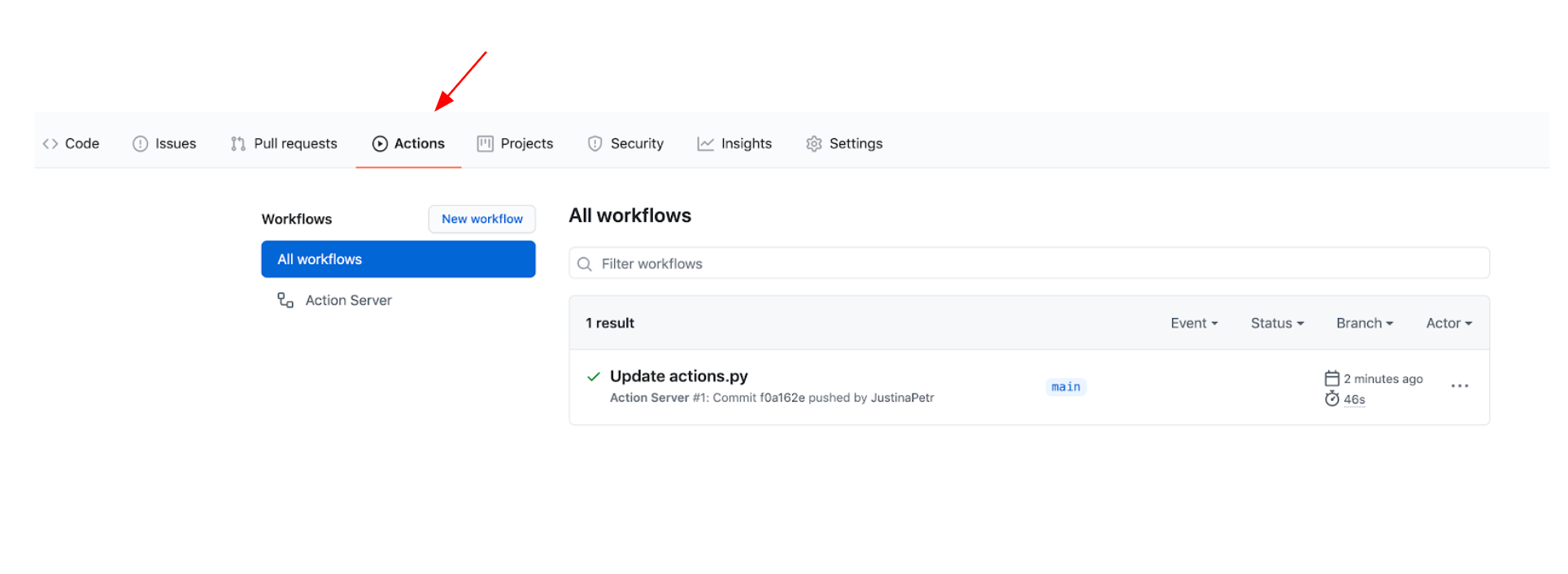
get manifest by internal id and by json-ld //=> 'Manifest 1'Ĭ.manifests.get('baz', //=> 'Manifest 2' var Presentation = require("tabula-rasa")

See below for details, or play with it on the web a the Tabula Rasa Tonic demo. Once it's installed, you can include it and start building IIIF Presentations.
#Rasa github install#
If you want to use the good old Javascript version, simply include it in your project by installing the npm module: npm install -save tabula-rasa You can use tools like Browserify or Webpack that take an application written with commonjs and npm modules, and bundle it up into a single file, that you can then use in a browser. This makes it much easier to break the functionality of your application up into smaller chunks, that can depend on each other, rather than writing your code in one giant file. They allow you to separate functionality into separate files or npm modules, that can then require each other. It helps you publish, consume, and manage modules of JavaScript code in your applications.Ĭommonjs modules are a specification and implementation of a module system in JavaScript. Npm (along with its command line tool, the npm-client) is the official package manager for node.js, but it works great for client-side JavaScript too.
#Rasa github update#
This makes it easy to know when to update any views in your application. Observability is the best way to separate concerns when managing state and, again, as an extension of Ampersand models and collections (which are extensions of ampersand-state), Tabula Rasa objects and models emit a JavaScript event when they are changed. Native Web applications need to manage the state of both objects, and the interfaces used to manipulate these objects. The IIIF Presentation API is intended for front-end use.
#Rasa github how to#
See this sample app for an example of how to do that. If you like Manifesto convenience methods you can use Tabula Rasa for only setters if you want. You can also easily edit IIIF resources from any endpoint (and save them back if the endpoint supports it), or even stitch resources together from multiple endpoints. For example, you can easily test your application against the current collection of official fixtures from the IIIF website. The ability to create IIIF resources from external endpoints comes in handy in a variety of scenarios. Persistance via RESTful APIsīecause Tabula Rasa collections and models are based on Ampersand/Backbone, we get fetch() and save() methods on all our objects. You may find these helpful, depending on your needs.

Tabula Rasa has a few additional features that distinguish it from the libraries listed above. Manifesto (TypeScript) currently read-only.

Similar Presentation API SDKs exist for other languages: Tabula Rasa is written in ES2015 and transpiled down to good old JavaScript (ES5) so that it can be distributed as an npm module and run in web browsers.

However, it can just as easily be used on the server to create and edit IIIF Presentation API resources. It was originally developed as a base library for Tabula, which can be used to create all sorts of useful native web apps that work with IIIF APIs. Tabula Rasa is a Node.js SDK (aka, "starter kit") for working with IIIF Presentation API resources (i.e., collections, manifests, canvases, etc.).


 0 kommentar(er)
0 kommentar(er)
